Xue Gao
Image
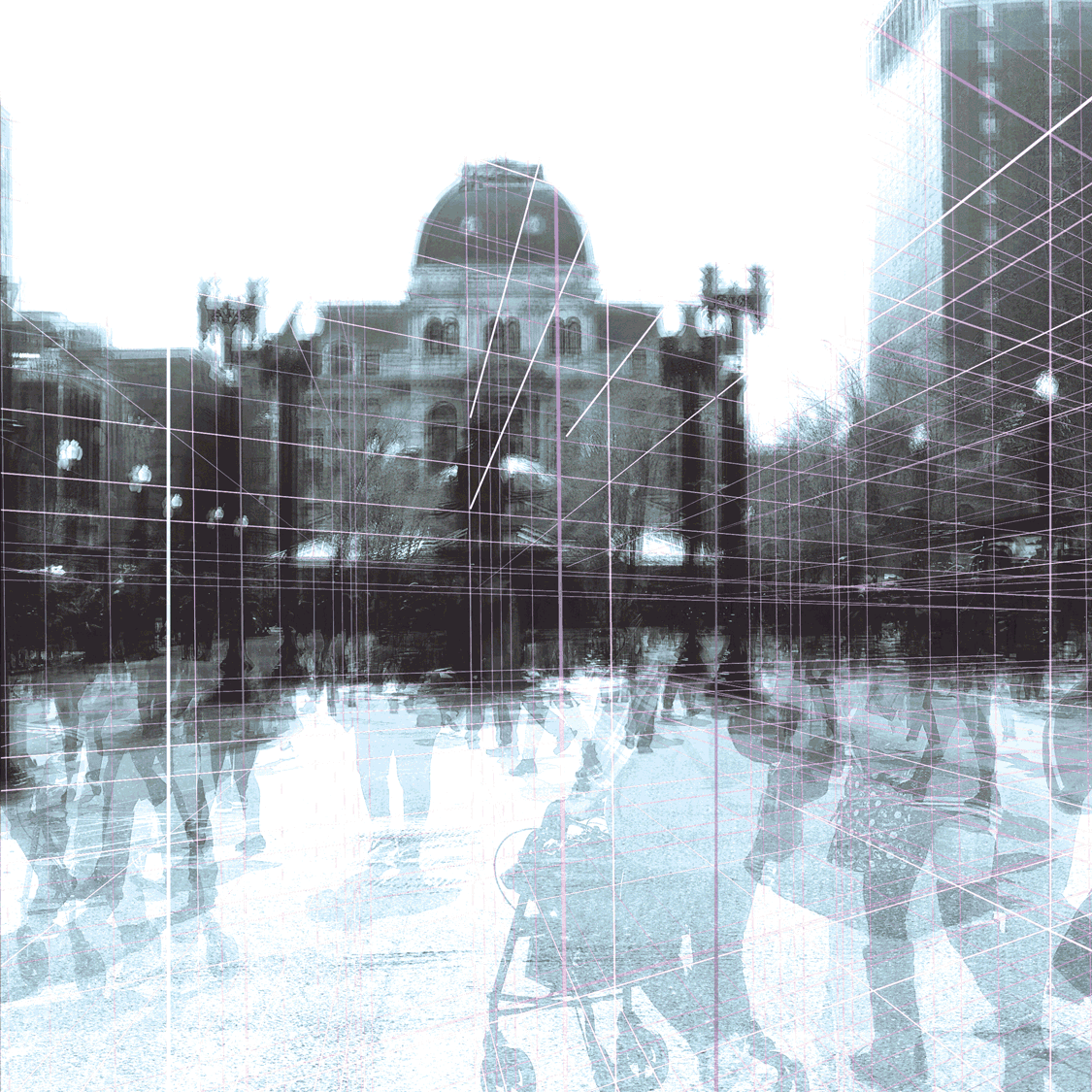
Image
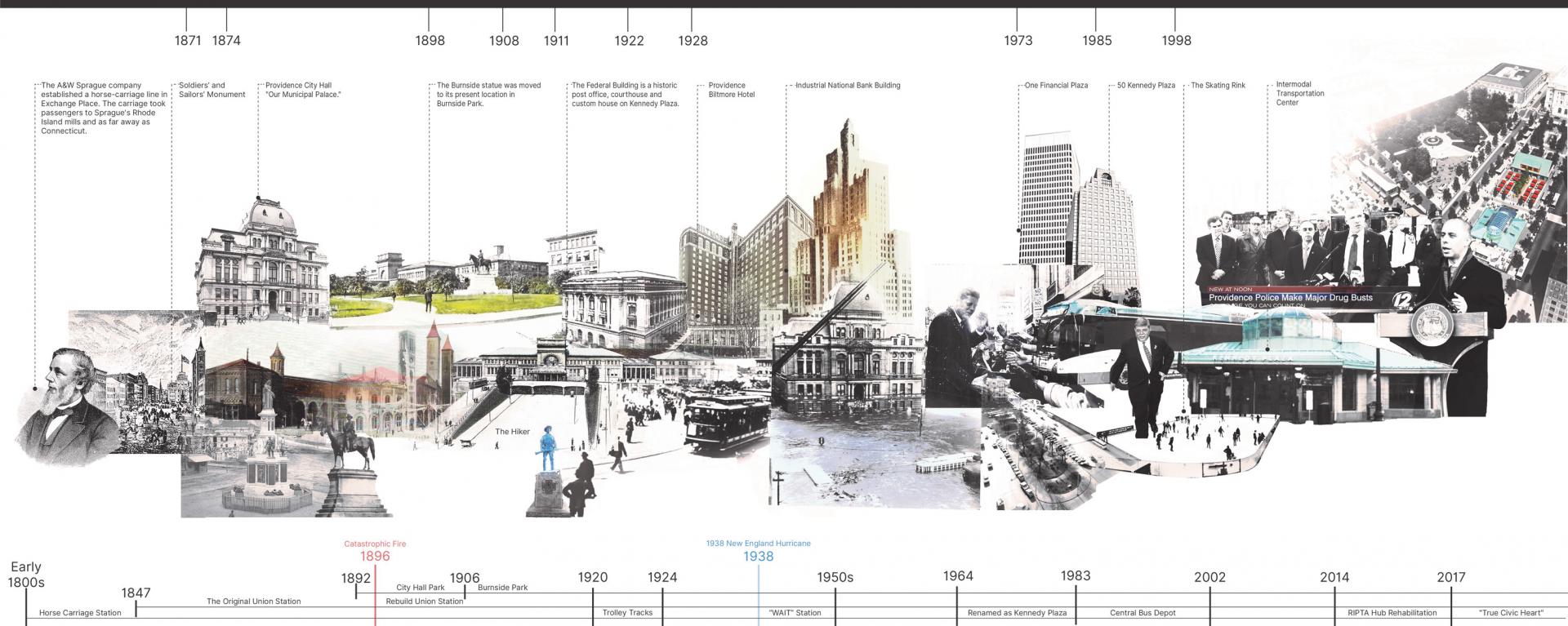
URBAN STORYTELLING
Urban Storytelling
Rebuild Place Understanding
Via Immersive Narratives
This thesis explores a hyper-reality, in this case, virtual reality and augmented reality, storytelling system, focusing on individual readings and experiences, as a new method of place understanding.
In the trend of globalization and urbanization, more and more cities have started to realize the placelessness they've created in the development process. Today, there is a prevalent attempt to rebuild the place and revive the spirit of the place that was lost in the formal constructions.
What is a place? While a government official or designer may imagine a magnificent blueprint of the place, and say things like “it is the true civic heart,” and “it is the spine of the city,” the understanding of a resident may be more personal, detailed, and fragmented. “I often played football here when I was a kid.” “I enjoy my lunch here every day. I always buy a taco from that red food truck.” Their understanding of a place is often established by day-by-day experiences. Truly, their place understandings are subjective, emotional, and limited by personal knowledge, status, and the times, but their understandings are also crucial because it is these people who use the place.
In the discipline of landscape architecture, there are already practices to collect typical people's stories as raw materials. However, when we try to analyze and utilize them, it could easily happen that stories lose their depth and shrink to dry and flat data and keywords in the translation and summary process. As a consequence, the subsequent work becomes designer-driven rather than user-driven, and the rebuilt place may not be one that the public imagines or feels satisfied with.
Image
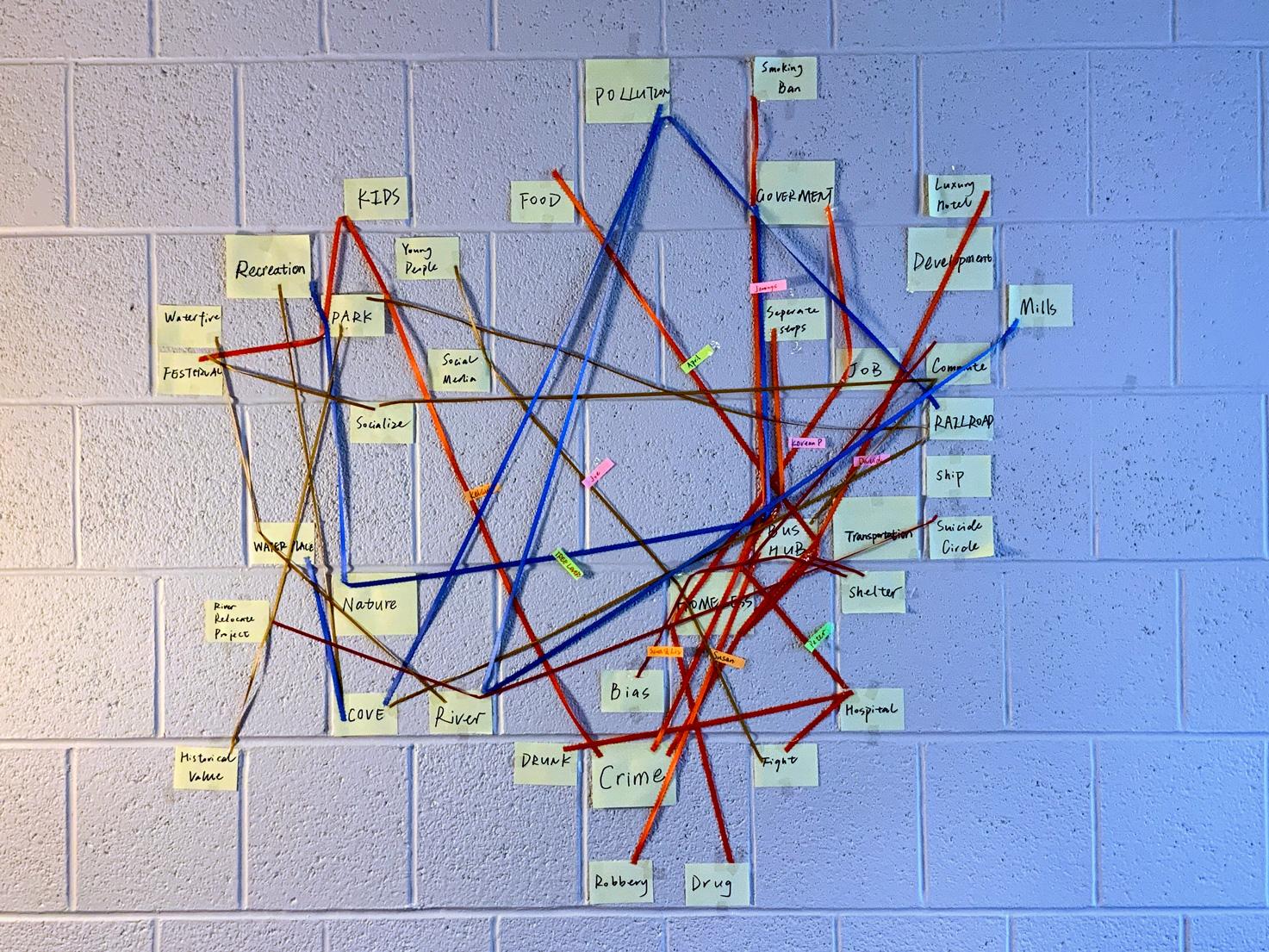
Storymapping
How AR Storytelling Works
Image
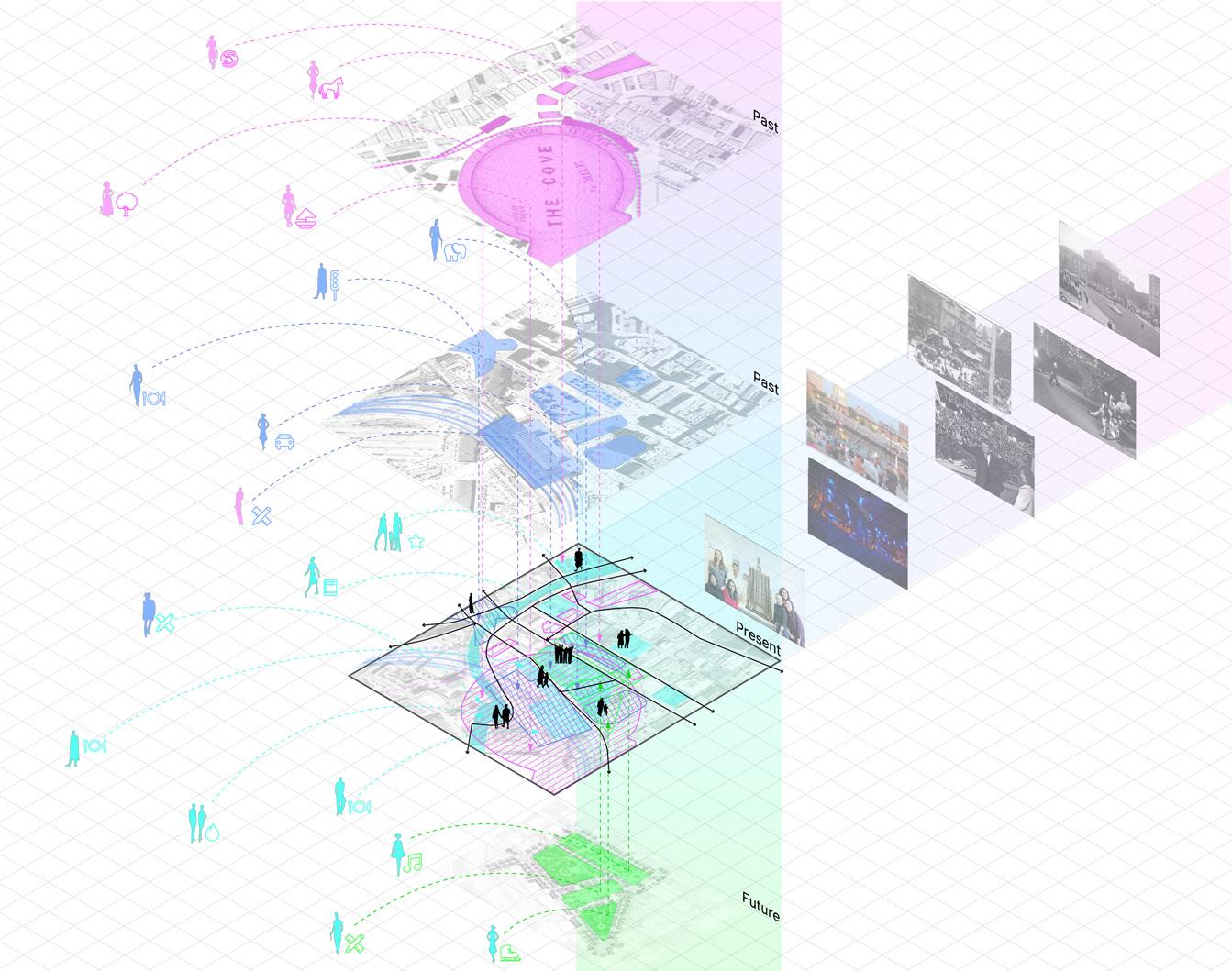
Image
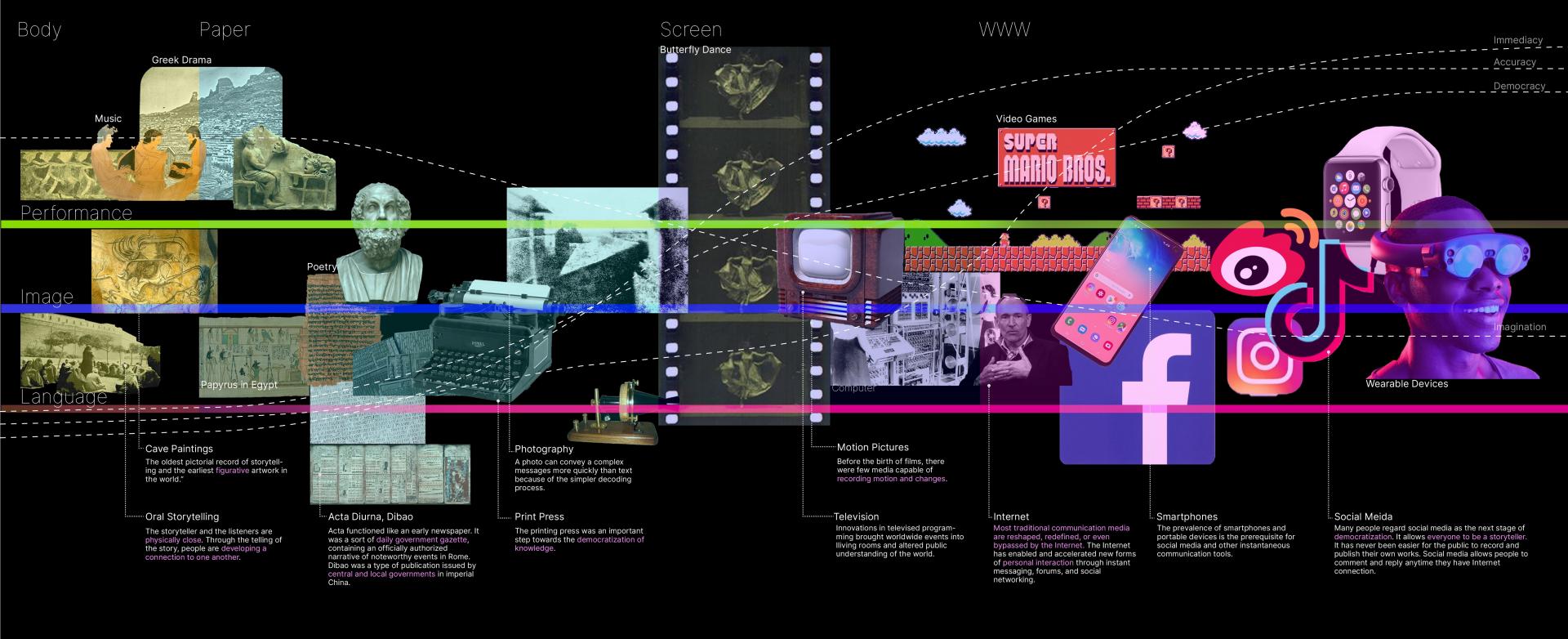
Based on the assumptions named above, this thesis asks questions as follows:
Is the current narrative environment inclusive enough for the subjectivity of place? Can ordinary people tell their stories through the media we currently have? If they could tell the stories, could their stories reach the audience?
Is there a possibility to develop a system to collect, analyze, and tell the stories of a place from the perspectives of individuals or specific communities?
How could an immersive experience contribute to the storytelling process?
Will hyper-reality storytelling enriches people’s understanding of a place?
Could the new storytelling platform be a communication tool among the public, government officials, and the designers in the place-making process?
What are the differences between virtual reality and augmented reality in this conversation, and how could we take advantage of them?
What are the other possibilities that hyper reality could offer us in the discipline of landscape architecture?
Image
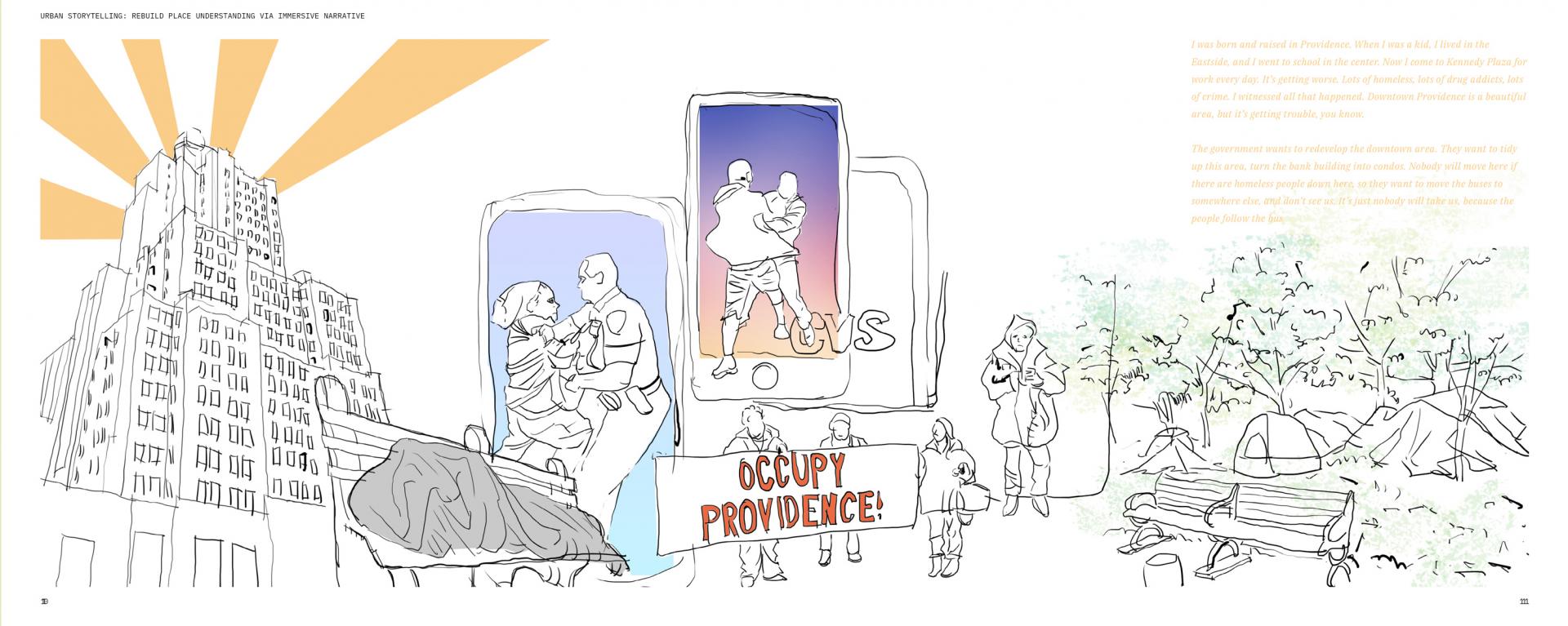
Xue Gao received her and her MLA degree from Rhode Island School of Design, and her BLA degree from Southeast University, Nanjing, China. She believes the innovation of landscape architecture lies in interdisciplinary methodologies and practices. She keeps exploring the relationship between landscape, architecture, digital media, and technologies like VR, AR. She also has an interest in place-making and thinks about how landscape design as a powerful tool, could benefit the public.